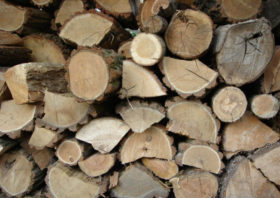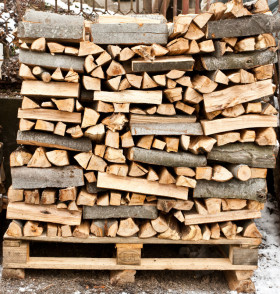Tips for Properly Storing Firewood
 likely know that there’s a lot more to preparing firewood than cutting down trees. There are several steps you should take to properly season and store your firewood to create the best firewood for your fireplace or woodstove.
likely know that there’s a lot more to preparing firewood than cutting down trees. There are several steps you should take to properly season and store your firewood to create the best firewood for your fireplace or woodstove.Cut and split your firewood to the right size.
Stack wood in a single layer, where it is exposed to light and wind.
Season firewood for at least one season.
Save enough space.
Store seasoned firewood off the ground and covered.
Seasoned firewood should be stacked off the ground, and it should be covered to prevent it from absorbing additional moisture. A covered woodshed or porch is ideal, but wood can be stacked outside on a wood stacker or atop a base of pallets and then covered securely with tarps. Never store firewood against your house or in your house, as that can introduce bugs and other pests to your home. Make sure wood stays dry to prevent the growth of mold, which can go airborne when burned, posing a health hazard.
Properly seasoned and stored firewood is crucial for keeping your fireplace or woodstove burning efficiently and cleanly. Without it, you won’t realize the maximum heat output from your fireplace, and you will cause flammable creosote to build up quickly in your fireplace. You will be able to tell if your firewood has been properly seasoned and stored when you burn it — Dry wood will let off the pleasant crackling sound associated with a traditional fireplace fire, while wet firewood will hiss and steam.

